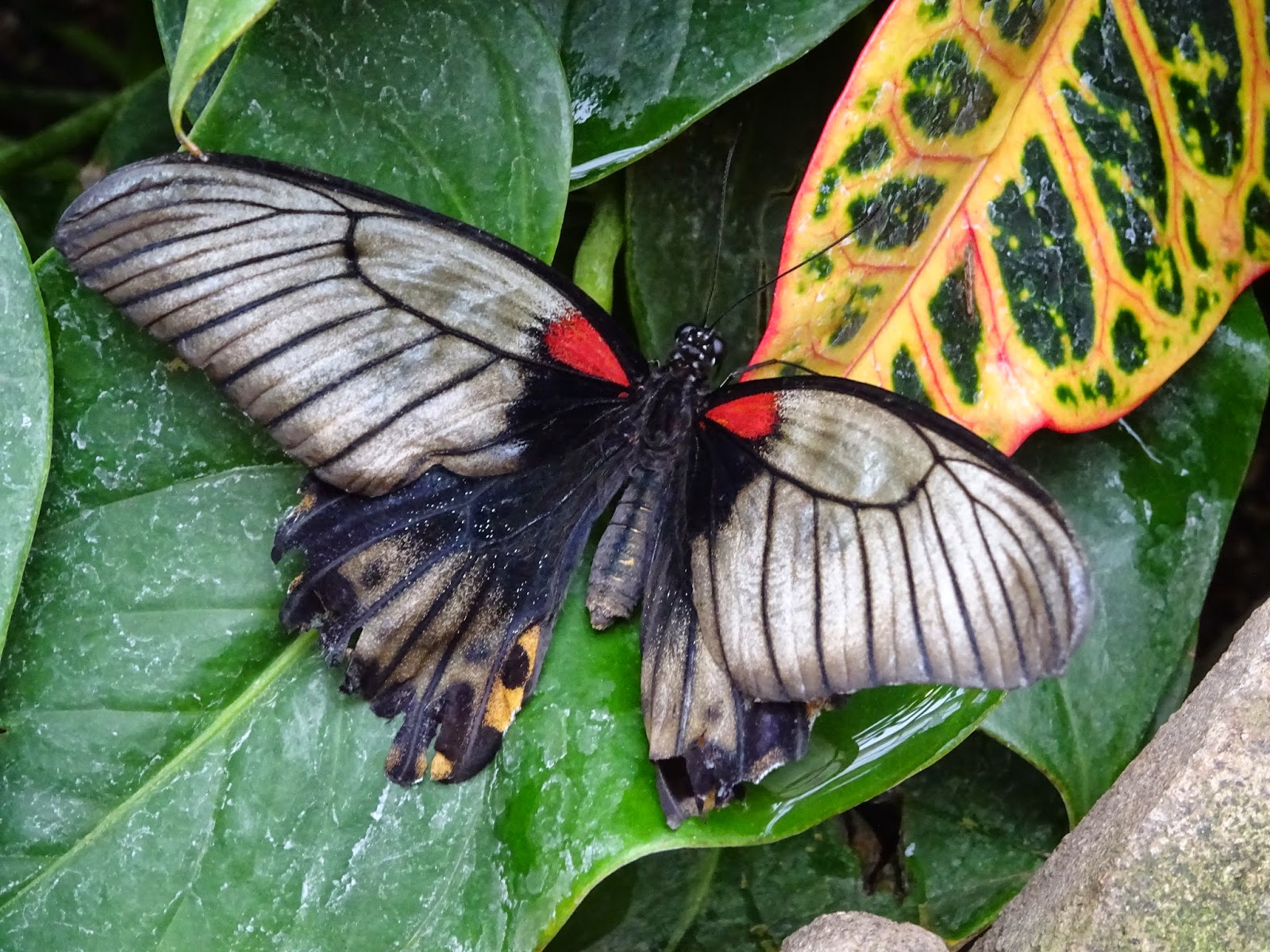Last Sunday my husband and I decided to visit the Natural History Museum in London. It is worth a visit just for the building alone as it is beautiful inside and out.
On entering the museum you come face to face with the cast of a Diplodocus skeleton in the Hintze Hall. Dippy is due to be removed in the near future and will be replaced by a skeleton of a blue whale, so our visit was planned to say goodbye to Dippy as he has been here since 1905.
We first ventured into the dinosaur section of the museum, where we walked along a suspended walkway to view the skeletons.
Allosaurus
Albertosaurus
Tuojiangosaurus
An animated T.rex is at the end of the gangway.
Then we walked around the displays.
This is the thigh bone of an Apatosaurus with my 188cm husband for scale!
There are a few theories as to what happened to the dinosaurs - this one made me smile! :)
We then moved into the mammal section, which is my least favourite part of the museum.
I feel sad that these animals were hunted.
Moving back into the main hall, where there were now queues for the dinosaur exhibition,
we looked at the exhibits around the sides of the hall.
Glyptodon
Ginormous egg of a Madagascan Elephant Bird. With a 9 litre capacity it is equal to about 200 chicken eggs!
A statue of Charles Darwin sits on the staircase to the next floor.
We stopped to admire the architecture of the hall,
before looking in the minerals section.
Rocks and minerals fascinate me, so I love looking around this room.
Opal from Queensland, Australia
Azurite from Arizona, USA
Malachite from Arizona, USA
Some of the minerals are so vivid in colour!
Amethyst from South America
Suphur with Calcite
Blue is my favourite colour, so my eye was drawn to these particular crystals
Hemimorphite from Cumbria
Turquoise from Cornwall
and Brochantite from Cornwall.
Silicified Wood from Arizona, USA
Chalcedony Geode from Germany
Next up was the Earth Exhibition.
A piece of Moon Rock collected on the Apollo 16 mission of 1972.
Fossil Ammonites from Somerset
Fossilized bark of Lepidodendron.
Stegosaurus stenops Sophie, the most intact Stegosaurus fossil skeleton ever found, with over 90% of her bones discovered. Wyoming, USA
We journeyed through the Earth
to learn more in the Restless Earth Exhibit.
Pele's hair.
Rocks from within the Earth.
Inside of a stalagmite.
A whole history of change shown in one rock.
There is so much to see in the Natural History Museum that even though we spent most of the day there, we still didn't see all of it.
For our next trip out we went to RHS Wisley to see the butterflies in the glasshouse. It was a very cold and wet day so we headed straight to the glasshouse.
We were amazed at these metallic chrysalises in the puparium. (They were difficult to photograph because of the condensation on the glass.)
Common Lime Butterfly
Postman Butterfly
Asian Swallowtail Butterfly
Jade Vine
Great Mormon ButterflyBlue Morpho Butterfly
Postman
Blue Morpho Butterfly
Glasswing Butterfly
Coffea Arabic
Owl Buttfly
A lot of the butterflies were at the windows of the glasshouse, trying to get as much warmth from the light as possible on this dull day.
Green-banded Swallowtail Butterfly
Many of the Blue Morpho Butterflies seemed quite happy ... it was nearly Valentine's Day after all! ;)
































































1 comment:
Some great pics Pj, I especially like the ammonites. I love the Natural History Museum, the building itself is every bit as interesting as the exhibits it houses. It was only on a recent visit that we noticed the little monkey carvings right at the top. Wisley is a trip I've been meaning to take for a while - how beautiful those butterflies are! Have a good week xx
Post a Comment